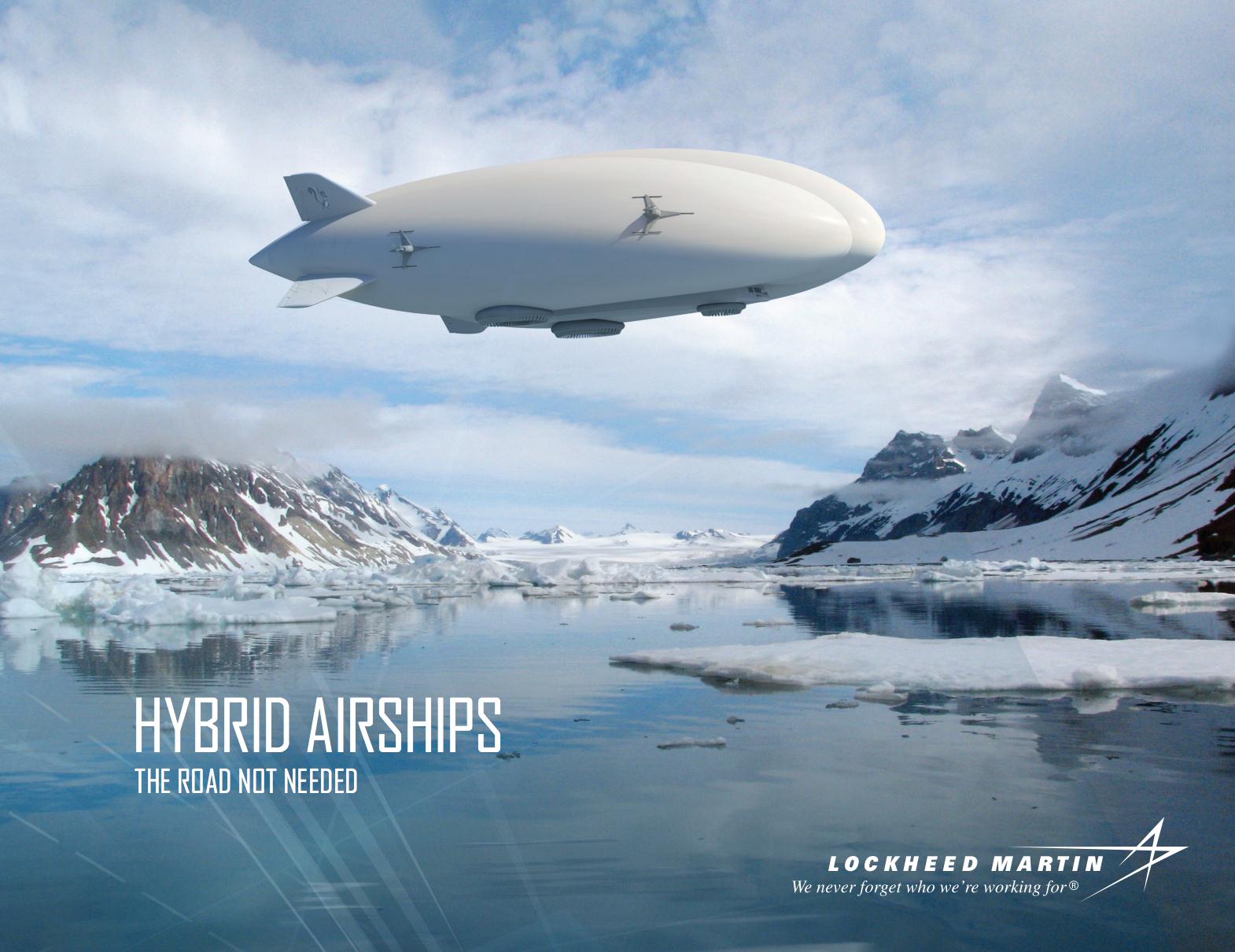Freight forwarders and shippers cannot develop supply chain plans around airships yet, but the wait is coming to an end. Airship developers signal that their craft are going to be ready to carry cargo sooner rather than later. Lockheed Martin and its partner Hybrid Enterprises recently announced readiness to take orders for their initial model, with deliveries to begin as early as 2018. They are currently in the process of creating a vehicle with a payload capability of 20 tons.
Aeroscraft Corp, which is working on a vertical take-off and landing heavylift cargo airship able to carry 66 tons, subsequently declared that its project has moved into the next phase, with the final design to be set in stone by the end of this year. The company is currently developing the main component and test articles for the control-of-static-heaviness buoyancy management system, as well as structural components for the operational vehicle.
“We are excited to reveal production is underway on the 555-foot-long (169 metres) ML866, and committed to achieving FAA operational certification for the first deployable Aeroscraft in approximately five years,” said Igor Pasternak, chief executive of Aeroscraft.
Ram Menen, the former head of cargo at Emirates, has had his eyes on airships for some time. “I think we are going to see airships flying in the next five years,” he predicted.
It will likely be some time before commercial flights commence, though. Barry Prentice, a transportation economist at the University of Manitoba’s I.H. Asper School of Business Transport Institute, reckons that airships have to establish their credentials first before they can enter full-blown commercial activities. “The biggest barrier for airships so far has been a lack of business confidence,” he said.
Most observers, such as Prentice and Menen, see the project cargo sector as the most likely initial theatre of operation for airships. “They are well-suited for last mile and project work,” said Menen.
However, Pasternak regards such activities as a mere opening gambit. “You can make wonderful money in niche markets, but that is not where we are going,” he said, adding that Aeroscraft will be carrying standard containers.
Aeroscraft intends to build just four 66-ton vehicles – for training purposes and special missions – before progressing to larger models that will take on a larger role. Pasternak says that these will be fielded primarily to fly cargo point to point, acting as hubs for trucking spokes wherever they land. “The vehicle is the hub,” he declared.
Pasternak has his eyes on a 250-ton model, at which point, he says, airships become cheaper to operate than trucks. For longer sectors, a payload of 500 tons would be good, he added. For his part, Prentice thinks that on intercontinental routes airships should be able to carry over 100 tons, preferably 150 to 200 tons.
 Hybrid Enterprises sees ample room for its airships to haul freight beyond project cargo. As more than half the world’s population have no direct access to paved roads, airships could offer affordable and safe delivery of cargo and people anywhere, with little or no infrastructure.
Hybrid Enterprises sees ample room for its airships to haul freight beyond project cargo. As more than half the world’s population have no direct access to paved roads, airships could offer affordable and safe delivery of cargo and people anywhere, with little or no infrastructure.
“Lockheed Martin’s hybrid airships will significantly reduce the cost and environmental impact of remote operations, making it possible to reach locations previously thought inaccessible,” said Rob Binns, CEO of Hybrid Enterprises.
Aeroscraft does not intend to market its lift capacity to shippers and forwarders. The company anticipates its role to be in the operation of the aircraft along the lines of ACMI leases for freighters, leaving it to its clients to sell space on them.
To establish an international operation, Aeroscraft faces more than the technical challenges of developing and building a viable airship; it also has to find a way to establish recognized credentials for its flight crews. Requirements to steer an airship vary considerably from one country to the next. US regulations demand that a pilot has a licence for a fixed wing craft plus an airship rating. The latter requires 50 hours of experience, which can include time spent on a simulator.
It will obviously take time to establish the support network of pilot training facilities and harmonized international rules for the commercial operation of airships across borders. Ad hoc charter work and operations within countries should offer better prospects for operators for some time to come than setting their sights on scheduled activities. Forwarders and supply chain managers will have to wait a while yet before they can integrate airships into their strategic planning.
By Ian Putzger
Air Freight Correspondent | Toronto




